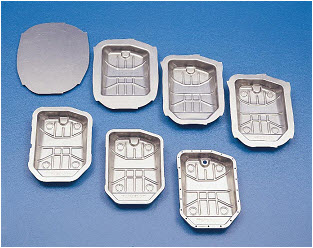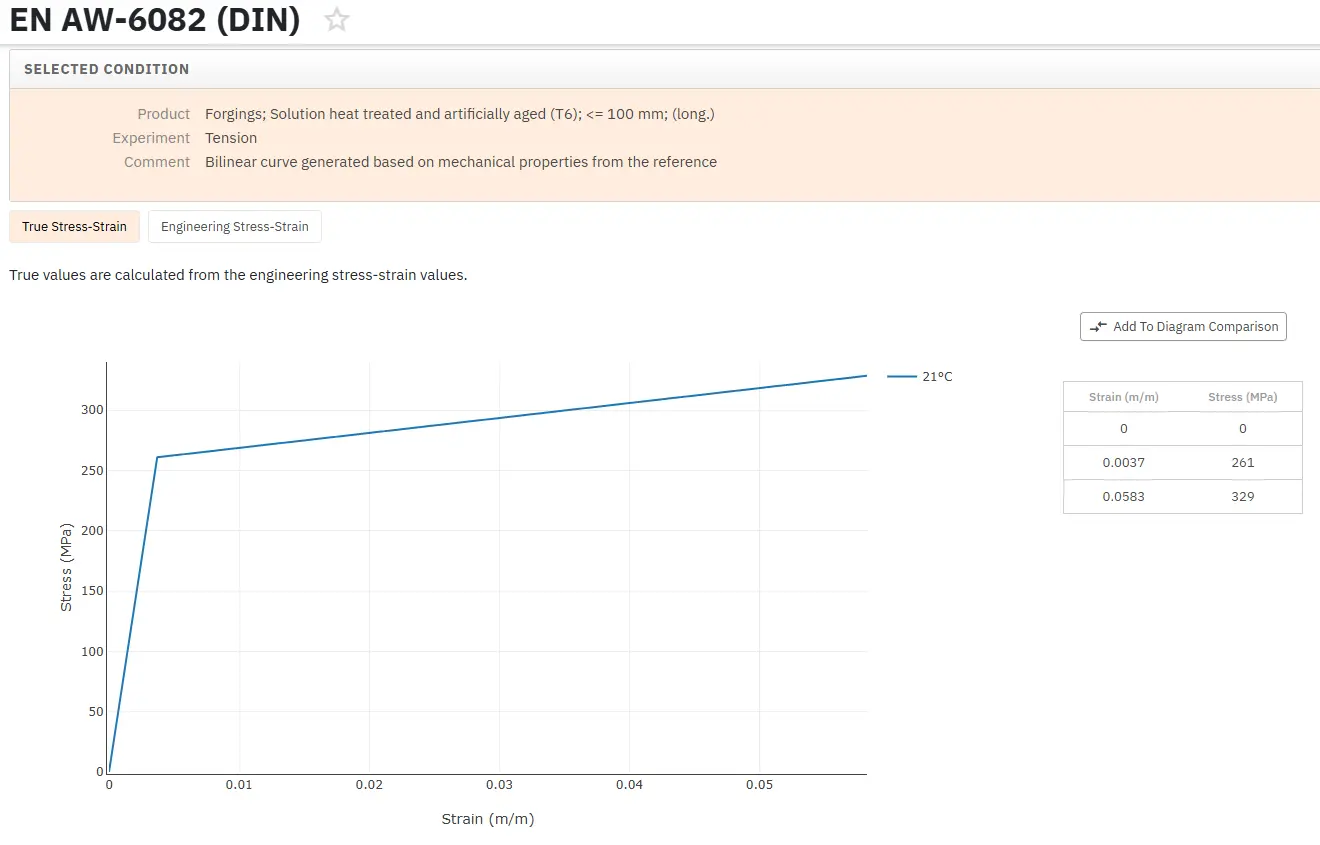Metal Stamping Dies: Part Two
Abstract
Metal stamping dies are precision tooling devices essential for sheet metal forming operations, featuring specially designed cavities that shape metal sheets through drawing, shearing, and bending processes. These dies operate within stamping presses where the upper component connects to the press slide and the lower component attaches to the press bed, with punches performing the actual shaping operations. Die classifications include single station, multiple station, compound, progressive, and transfer dies, each designed for specific manufacturing requirements. Material formability, characterized by ductility and the ability to bend, stretch, and draw without fracture, determines stamping success. Advanced die design utilizing CAD technology, proper lubrication systems, and analytical tools like Circle Grid Analysis ensure optimal part quality and production efficiency
Introduction to Metal Stamping Dies and Operations
Metal stamping dies represent the core technology behind modern sheet metal manufacturing, serving as precision devices that transform flat metal sheets into complex three-dimensional components. In metal stamping operations, metal sheets are positioned within a die or press tool containing a specially designed cavity that imparts the desired shape to the material.
Each metal stamping machine can accommodate one or more dies depending on the machine type and the specific manufacturing requirements. These dies function as the primary components within stamping presses, performing the actual casting, punching, cutting, and shaping operations that convert raw sheet metal into finished parts.
The fundamental die operations encompass three primary processes: drawing, shearing, and bending. During operation, the upper portion of the die connects to the press slide while the lower component secures to the press bed. A specialized component called the punch forces the metal sheet through the die cavity, executing the actual forming operation. Advanced dies can incorporate intricate patterns to create embossed features or three-dimensional lettering on finished products.
Die Setup and Manufacturing Variables
Dies are positioned within sheet metal stamping systems either as individual units or as integrated components in multi-press production lines. Metal stamping dies and presses operate with various input parameters including tonnage capacity, press parallelism, shut height specifications, nitrogen pressure within dies, counterbalance pressure settings, and operational press speed.
These critical variables significantly influence the quality of stamped panels, particularly during initial die setup procedures. The versatility of stamping systems allows the same press to accommodate different manufacturing requirements by replacing one die set with another, maximizing equipment utilization and production flexibility.
The positioning and alignment of dies within a press constitute the die setup process, which determines crucial parameters such as shut height and binder force application. The quantity of components manufactured during a specific die setup configuration is referred to as a production batch
Classifications and Types of Stamping Dies
The metal stamping industry utilizes numerous die classifications to meet diverse manufacturing requirements. Primary categories include single station dies, multiple station dies, compound dies, progressive dies, and tandem press line configurations. Most modern dies are engineered by specialized metal stamping companies employing advanced technologies such as Computer-Aided Design (CAD) systems to develop tooling according to precise customer specifications.
An alternative classification system categorizes dies by their primary function, including draw dies for forming operations, trim dies for material removal, and cam-pierce dies for specialized piercing applications. This functional classification helps manufacturers select appropriate tooling for specific production requirements.
Sheet Metal Formability and Material Characteristics
Stamping presses and stamping dies collaborate to produce high-volume sheet metal components that achieve their final geometry through precise die tooling interactions. Production stamping typically processes materials with thickness ranging from 0.020 inches to 0.080 inches, though the process accommodates materials from ultra-thin foils at 0.001 inches to substantial plate stock approaching 1.000 inches in thickness.
Formability represents the primary attribute governing sheet metal stamping success, defined as the material's capacity to undergo bending, stretching, and drawing operations without failure. The metallurgical term describing these characteristics is ductility, which quantifies a material's ability to deform and elongate without fracturing.
The extent of deformation experienced during stamping operations directly correlates with the component's overall shape complexity and geometric requirements. Additional factors influencing material formability include die design optimization, press characteristics, operational speed parameters, lubrication effectiveness, sheet metal feeding mechanisms, and integrated monitoring and control systems.
Die Set Components and Operational Mechanics
The term "die" serves as a generic designation for the complete tooling assembly used in stamped part production. A complete die set consists of male and female components working in opposition to simultaneously form shapes and punch holes in the stock material.
The upper half of the die set, which may function as either the male or female component depending on the application, mounts to the press ram and delivers the forming stroke. The lower half attaches to an intermediate bolster plate, which secures to the press bed foundation. Precision guide pins ensure accurate alignment between upper and lower die set halves throughout the operational cycle.
Cutting and Forming Operations
The most prevalent die applications perform cutting and forming functions essential to sheet metal manufacturing. Cutting dies execute shearing operations to separate sheet material into blanks, which subsequently undergo processing by blanking dies that cut the complete part perimeter or forming dies that stamp blanks into finished components.
Punching represents another critical cutting die function, involving the removal of material slugs from sheet metal stock to create holes or slots. Cutting dies also perform trimming operations to remove excess material from formed parts, ensuring dimensional accuracy and surface quality.
Hole punching and cutting operations require precise clearances between the punch (male component) and die (female component) to achieve optimal results. The determination of required clearances depends on both stock thickness and material temper characteristics. Generally, die clearances increase proportionally with stock thickness, while punch penetration depth increases when processing softer materials.
Forming operations encompass stamped parts whose final shape and contour directly replicate the die set geometry. Primary forming operations accomplished with press-mounted dies include drawing, bending, flanging, and hemming processes.
Drawing, or draw forming, involves forcing a blank deep into a die cavity and shaping it to match the punch face and side contours. Without adequate formability characteristics, drawn blanks experience wrinkling, excessive thinning, and potential fracturing. Draw forming requires an additional die set component called a blankholder.
The blankholder, typically configured as a ring through which the punch and ram pass, controls metal flow as material is forced into the die cavity. In practice, the blankholder must apply sufficient pressure to prevent material wrinkling while allowing controlled metal flow into the die cavity.
Bending represents a relatively straightforward forming operation that provides structural rigidity and dimensional accuracy to sheet metal components. Flanging operations create features significantly smaller in dimension than the primary part geometry, serving multiple functions including enhanced appearance, increased rigidity, edge strengthening, and provision of fastening surfaces.
Hemming involves folding a short flange upon itself to create smooth, rounded edges while facilitating the attachment of mating components. Multiple stamping operations may be executed within a single die or distributed across multiple die stations within a comprehensive die set using a single press stroke.
Advanced Die Configurations and Production Systems
Single station dies operate as either compound dies or combination dies, each serving distinct manufacturing purposes. Compound dies perform fundamental cutting operations such as blanking and hole punching to produce finished parts. Combination dies integrate shaping and forming functions with cutting operations to manufacture complex components in a single operation.
Multiple station dies arrange sequential operations to accomplish comprehensive manufacturing processes with each press stroke. Two primary die types serve this function: progressive dies and transfer dies. Progressive die systems feed coil stock into the press, maintaining individual stampings connected via carrier strips as they progress through various die operations before final separation and discharge.
Transfer die operations mechanically move individual stock blanks from station to station within a single die set assembly. Large stampings utilize tandem press line configurations where stock material transfers from press to press, with each station performing specific operations such as drawing or trimming.
Lubrication Systems and Friction Management
The resistance of sheet metal stock to forces exerted by moving dies creates significant friction that must be managed for successful forming operations. Lubrication plays a vital role in sheet metal forming by minimizing contact between tooling and workpiece surfaces. Effective lubrication reduces tonnage requirements, extends tooling life, and improves overall product quality.
Lubricants range from light mineral oils to high-viscosity drawing compounds, available in oil-based, water-soluble, or synthetic formulations. Application methods include manual application by roller or brush, drip systems, machine roller application, spraying techniques, and flooding methods.
Quality Control and Process Optimization
Die making combines scientific principles with artistic craftsmanship to achieve optimal results. When all stamping dynamics are considered, initial parts may not meet all specifications, requiring process refinement and die design finalization. Die makers employ an analytical tool called Circle Grid Analysis (CGA) to optimize the stamping process.
CGA application involves etching a pattern of small circles on the blank surface, which deforms along with the blank during forming operations. This provides point-to-point deformation calculations throughout the forming process. Analysis of the stamped grid pattern indicates the location and type of die rework necessary to produce easily manufactured parts. The CGA process continues iteratively until acceptable part quality is achieved.

Figure 1: Production steps for the manufacture of an oil sump, demonstrating the sequential operations involved in complex stamping processes.
Read more
Find Instantly Properties of Forging Materials!
Total Materia Horizon contains thousands of materials suitable for forging, with their mechanical and physical properties, stress-strain diagrams, including high tempertatures for hot forging, and much more.

Get a FREE test account at Total Materia Horizon and join a community of over 500,000 users from more than 120 countries.